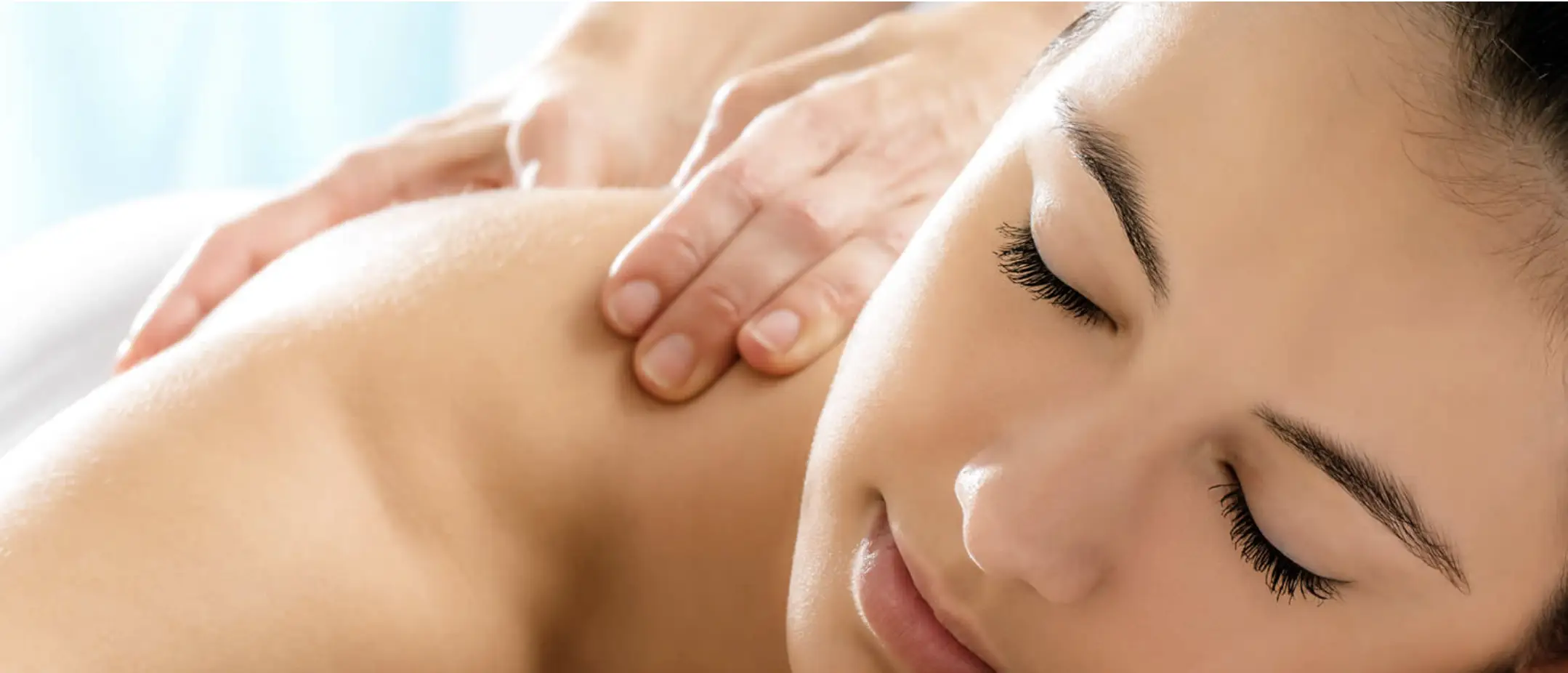Osteopathic Treatment Services We Offer
To the San Francisco Bay Area
We're Accepting New Patients
Pain Management & More: Our Approach
Our office offers comprehensive evaluation and treatment of individuals with musculoskeletal problems with emphasis on the entire spine. Problems involving peripheral joints such as the shoulder and hips are evaluated and treated as well. Chronic headache and nerve pain benefit from our approach.
A thorough comprehensive evaluation precedes an individualized treatment program with emphasis on restoration of musculoskeletal balance, control of pain (principally non pharmacologic) and recovery of function. We use osteopathic manipulation, a home exercise program and correction of faulty posture and ergonomics to achieve these goals. Proliferative injections and laser light therapy are some of the other therapeutic tools used. We incorporate referral to outside services when needed (epidural injection, acupuncture, Feldenkrais etc.).
Over the last several years we have incorporated visceral manipulation into our treatment program with amazing success. Developed by a French Osteopath, Jean Pierre Barral, the techniques focus on finding imbalance in the body caused by inflammation, trauma, surgery, radiation or structural abnormalities (scoliosis). These frequently present as musculoskeletal symptoms, are often chronic and usually poorly understood. These individuals have often had years of musculoskeletal and nervous system symptoms, multiple consultations with specialists, imaging tests and treatment, all without successful resolution. Visceral manipulation offers a comprehensive way to accurately diagnose and treat both acute and long standing, complex problems.
Conditions We Treat
- Chronic headache
- Chronic abdominal and pelvic pain
- Coccydynia
- Disc herniation
- Facet arthritis
- Failed back surgery syndrome (FBSS)
- Head, neck and facial pain
- Peripheral joints (shoulder, hip, knee, ankle)
- Radicular pain, neurogenic claudication
- Sacroiliac ligament strain and instability, sacroiliac dysfunction
- Spinal stenosis
- Tendonitis, bursitis
Acute Disc Injury
Acute disc injury usually produces dramatic symptoms of pain, muscle spasm and a marked decrease in spine mobility. Occasionally there are symptoms in the extremities as well. As disabling as these symptoms may be, the vast majority of individuals improve with conservative management. In the lumbar spine this number is as high as 92%. Treatment may include a course of oral prednisone and exercises to strengthen deep abdominal muscles. Review of posture and body mechanics help facilitate recovery.
Headache
Acute severe headache may be due to a serious underlying medical condition and requires a detailed medical evaluation from an internist or neurologist focused on the brain before being treated by us.
Chronic headache, however, is often poorly understood and may have multiple factors at the source. These include posture and body mechanics, cervicothoracic strain, disturbances of normal craniosacral rhythm and problems with the jaw, shoulders, ribs or the spine. Only a comprehensive evaluation of the musculoskeletal system will uncover some of these factors. Headache treatment in our office corrects these abnormalities with a nonpharmacologic approach using craniosacral and neural manipulation.
Sacroiliac Joint
Until recently medical doctors have frequently ignored the sacroiliac joint as a significant contributor to low back and leg pain. Osteopathic medicine, however, has long recognized the importance of movement in the SI joint, stability of the surrounding ligaments and biomechanical balance in the pelvis. Altered mechanical function in the SI joint may be a factor in 30% of low back symptoms. Due to ligament laxity, the sacroiliac joint is frequently a pain generator in pregnancy or in the postpartum period. The pubis is an integral component of the pelvic girdle and alterations in its function frequently create hip pain or pinching in the groin that can be mistaken as a hip problem. Restriction of organ mobility often manifests itself as SI symptoms.
After a comprehensive evaluation, treatment focuses on correction of mechanical dysfunction in the lumbar spine and pelvis including the pubis and sacroiliac joints. A home exercise program emphasizes core muscle strengthening and achieving musculoskeletal balance in the legs. Proliferative injections are used to repair and regenerate chronically strained sacroiliac ligaments. Cortisone injections in the SI joint usually provide only temporary benefit, if any, unless there is an inflammatory condition such as sacroiliitis. Surgical fusion of the joint creates a non-physiologic condition impeding movement.
Spinal Stenosis
Spinal stenosis, whether cervical or lumbar, is a normal development in the evolution of degenerative changes in the intervertebral disc. It is usually asymptomatic, but causes symptoms when nerve tissue is compromised. When symptomatic, treatment focuses on relieving pressure on nerves through the use of anti-inflammatory medication, traction or bracing. Exercises to strengthen supportive muscles in the neck or abdomen and correction of mechanical limitations using osteopathic manual therapy are all part of a comprehensive rehabilitation program. Surgery is rarely necessary.
